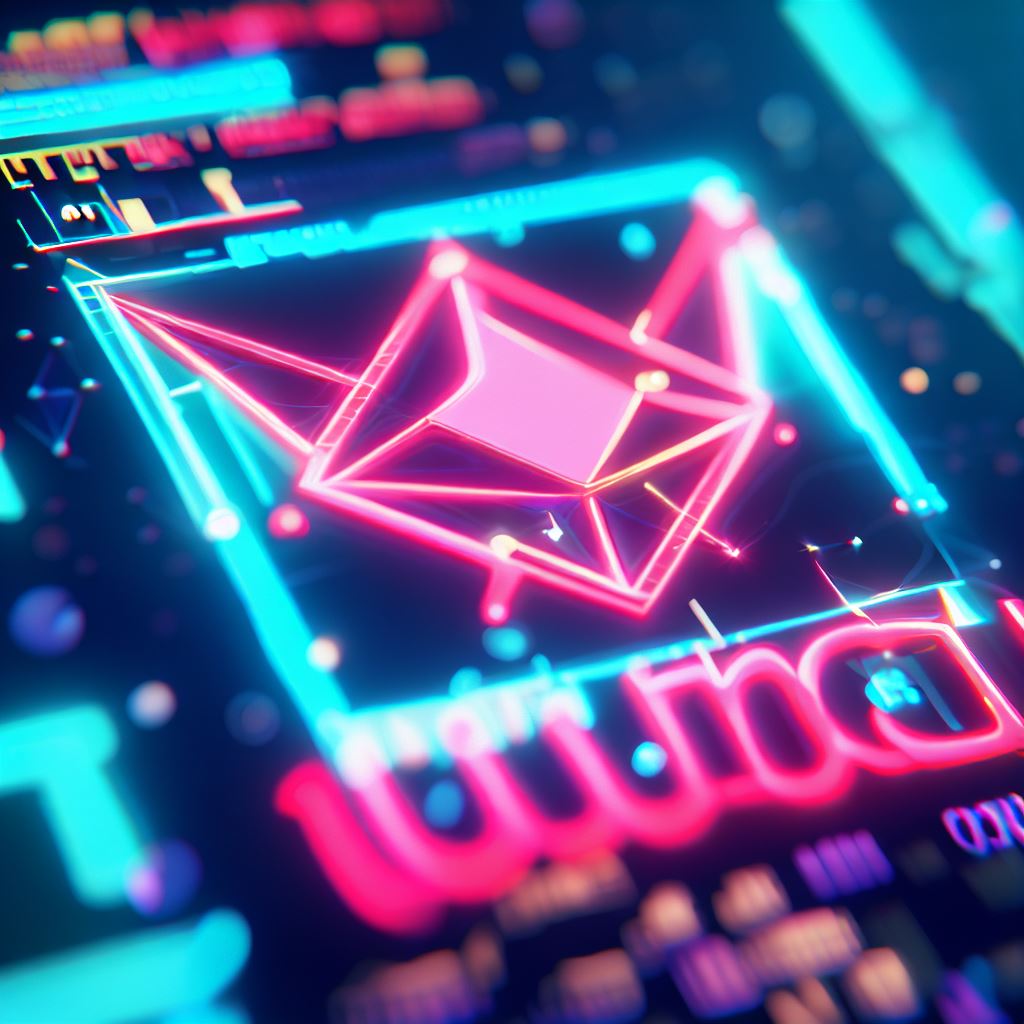
Mastering ImGui: An In-Depth Tutorial Guide
Some interesting stuff to research first:
- How To Outsmart a Romance Scammer
- America To See Unprecedented Surge In Online Shopping Scams On Black Friday And Cyber Monday
- All features for €2.29/mo
Get Surfshark
Mastering ImGui: An In-Depth Tutorial Guide
User interfaces (UI) are a vital component of software applications, serving as the bridge between human users and complex computer systems. Creating sleek, functional, and user-friendly UIs is a crucial aspect of software development. This is where ImGui (Immediate Mode Graphical User Interface) comes into play. ImGui is a lightweight and powerful UI library that empowers developers to design and implement interactive interfaces efficiently. In this comprehensive tutorial, we will delve into the world of ImGui, exploring its features, best practices, and advanced techniques to help you become a master of UI development.
Understanding ImGui: What Makes It Special?
ImGui stands out in the world of UI development for its simplicity and effectiveness. Unlike traditional UI libraries that rely on retained mode, ImGui follows the immediate mode paradigm. In retained mode, UI elements are created and managed as objects that persist in memory. In contrast, immediate mode UIs are drawn every frame and do not rely on maintaining a UI hierarchy. This approach offers several advantages:
Lightweight: ImGui has a minimal footprint and low overhead, making it suitable for resource-constrained environments.
Efficiency: Since UI elements are drawn each frame, developers can easily create dynamic and responsive interfaces without worrying about manual updates.
Integration: ImGui seamlessly integrates with various game engines and graphics APIs, allowing you to use it in a wide range of projects.
Getting Started with ImGui
Setting Up ImGui
To begin using ImGui, you need to set up the library in your development environment. Here's a step-by-step guide:
Download ImGui: Obtain the ImGui library from the official GitHub repository (https://github.com/ocornut/imgui).
Include ImGui in Your Project: Add the ImGui source files to your project and include the necessary headers.
Integration: ImGui can be integrated with different graphics APIs such as OpenGL, DirectX, or Vulkan. Choose the integration that matches your project's requirements.
Creating Your First ImGui Window
Now that ImGui is set up, let's create a simple ImGui window:
c++Copy code
#include "imgui.h" int main() { // Initialize ImGui ImGui::CreateContext(); // Create an application window while (!glfwWindowShouldClose(window)) { // Start a new frame ImGui_ImplOpenGL3_NewFrame(); ImGui_ImplGlfw_NewFrame(); ImGui::NewFrame(); // Create ImGui UI elements here // Render ImGui ImGui::Render(); } // Cleanup ImGui ImGui_ImplOpenGL3_Shutdown(); ImGui_ImplGlfw_Shutdown(); ImGui::DestroyContext(); return 0; }
This basic code structure sets up ImGui, creates an application window, and initializes ImGui frames.
Mastering ImGui: Advanced Techniques
Custom Widgets
One of ImGui's strengths is its extensibility. You can create custom widgets to suit your application's unique requirements. ImGui provides a framework for building custom widgets, and this tutorial will guide you through the process of creating and integrating them.
Layout and Styling
Learn how to structure your UI layouts effectively, and discover techniques for styling your interface to match your application's aesthetics. ImGui offers a range of customization options, from colors and fonts to window sizing and positioning.
User Interaction
Interactivity is a core aspect of UI design. Explore how to handle user input, including mouse and keyboard events, and create responsive UI elements that enhance the user experience.
Data Binding
ImGui allows you to bind UI elements directly to your application's data. This means that changes in the UI can reflect and affect the underlying data seamlessly. We'll cover data binding techniques that make your UIs truly dynamic.
ImGui in Real-World Applications
ImGui's versatility extends beyond simple demonstrations. This tutorial will showcase real-world examples of how ImGui can be used in various applications:
Game Development: Discover how to integrate ImGui into game engines and tools to create custom game editors and debug consoles.
Data Visualization: Explore how ImGui can be utilized for data visualization, providing users with an interactive interface to explore and analyze data.
Content Creation: Learn how to build content creation tools with ImGui, allowing artists and designers to craft assets and scenes more efficiently.
Best Practices and Optimization
To truly master ImGui, it's essential to understand best practices for efficient UI design. We'll cover topics such as minimizing draw calls, optimizing layout updates, and ensuring your UI performs well even in resource-intensive applications.
Troubleshooting and Common Pitfalls
No tutorial is complete without addressing common challenges and pitfalls. We'll discuss potential issues you may encounter when working with ImGui and provide solutions and workarounds.
Community and Resources
Joining the ImGui community can be invaluable. We'll guide you to forums, documentation, and resources where you can learn from experienced ImGui users, share your knowledge, and stay updated with the latest developments.
Conclusion
By the end of this in-depth tutorial, you will have the knowledge and skills needed to master ImGui. You'll be able to create powerful and efficient user interfaces for a wide range of applications, from games to data analysis tools. ImGui's simplicity and versatility make it a valuable tool in the toolkit of any UI developer, and with practice, you can become a true master of UI design with this exceptional library. Whether you're a beginner or an experienced developer, this tutorial is your gateway to unlocking the full potential of ImGui. Happy coding!
Please help us grow and share this article with your friends 🙏 😊





Posted Comments
? I'm thrilled to have found this article. It's exactly what I've been looking for. Thank you for sharing it!
I've been hunting for content like this, and your article is the perfect find ?!